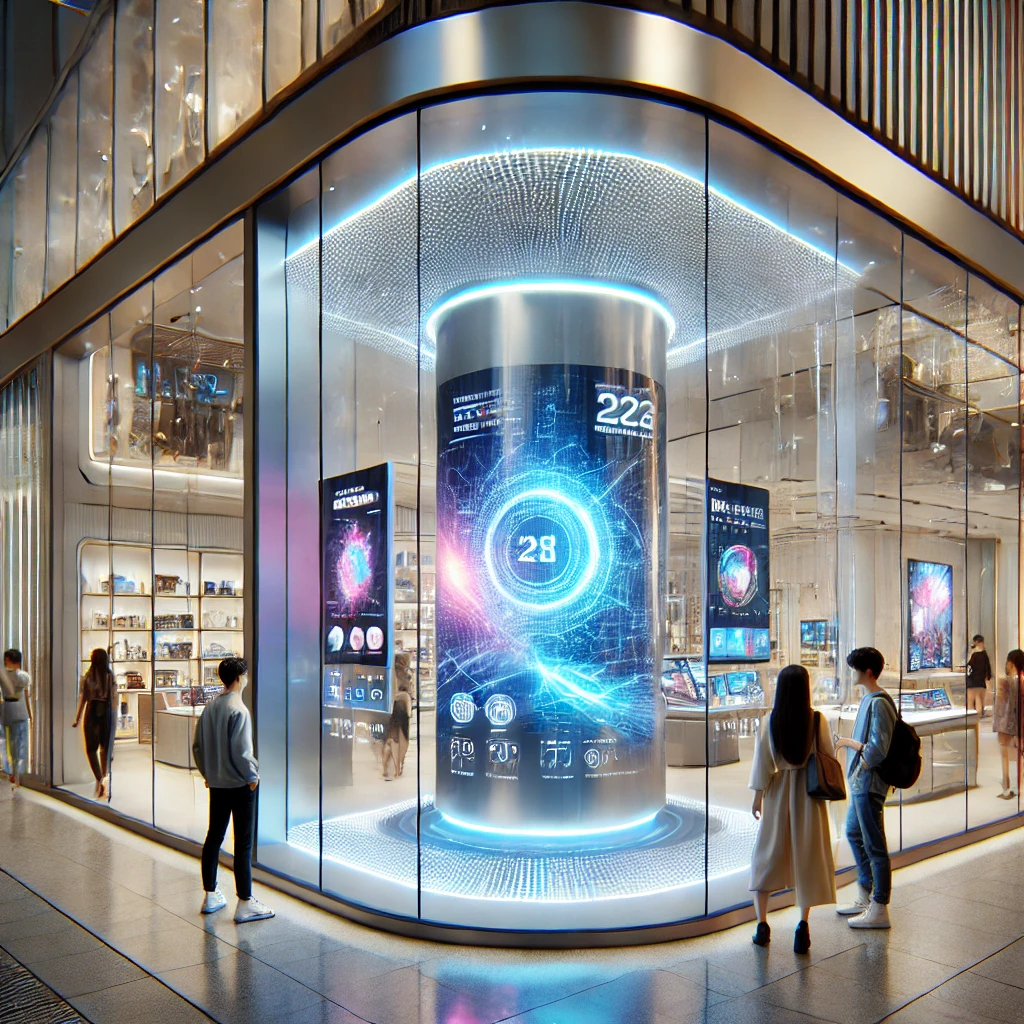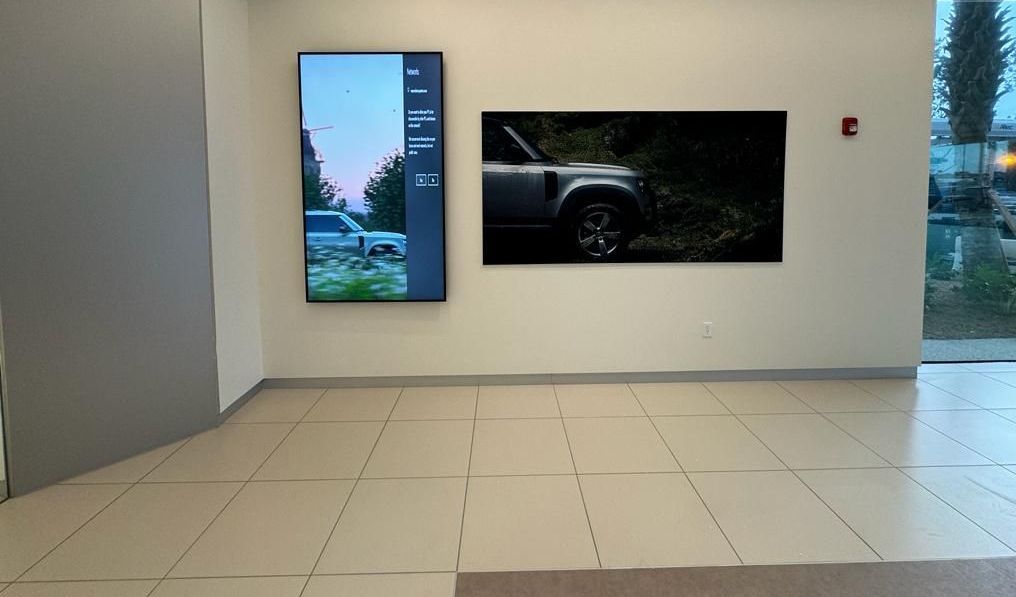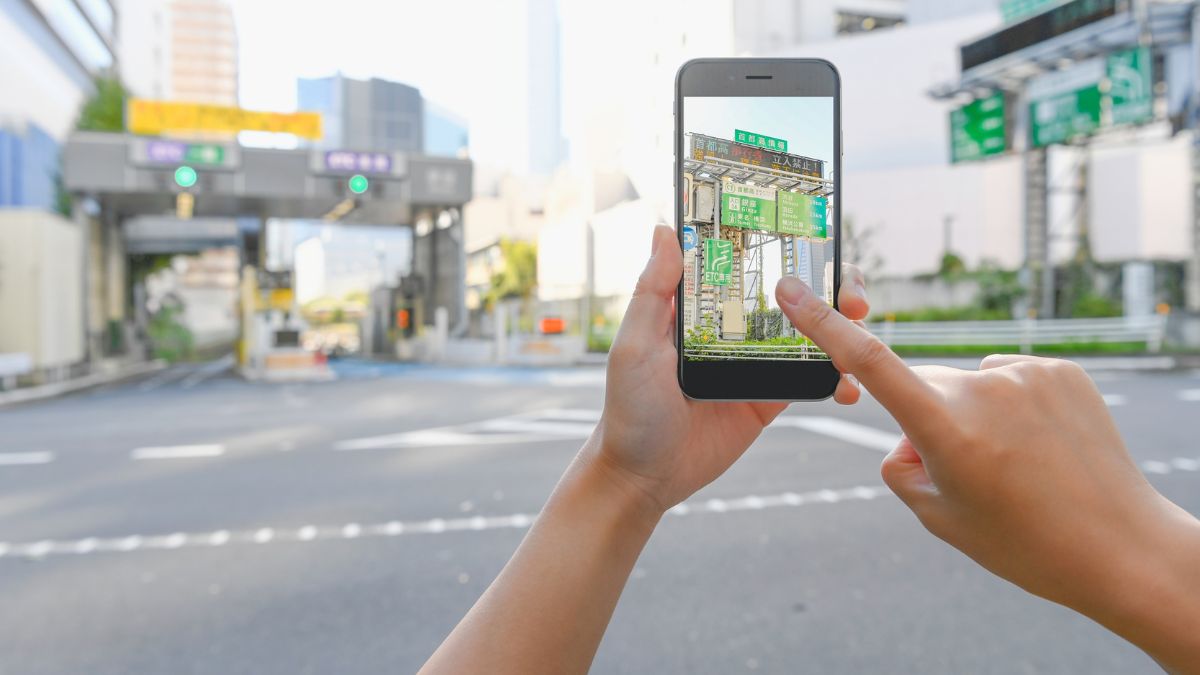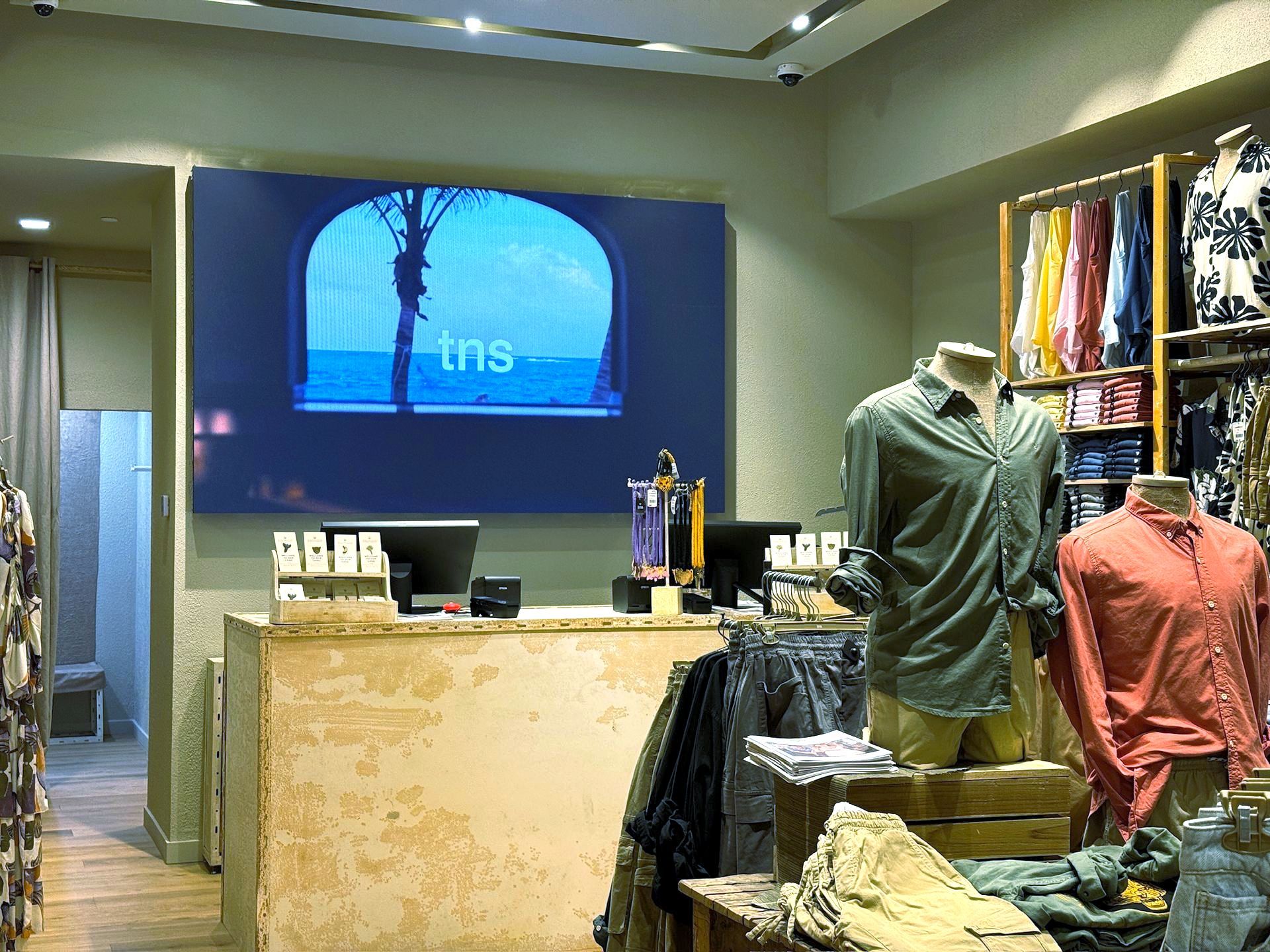Illuminating New York: EyeCatch Networks Powers the City’s Digital Transformation
A Visual Journey: The Evolution of Times Square Displays
Times Square, the iconic intersection in the heart of New York City, has long been a hub of innovation and entertainment. The evolution of its displays is a fascinating story that mirrors the technological advancements of the past century.
Early Beginnings: Static Billboards: In the early 20th century, Times Square was dominated by static billboards. These massive structures, often illuminated by electric lights, displayed advertisements for various products and services. While these early displays were impressive for their time, they were static and limited in their ability to engage audiences.
The Rise of Neon: The 1920s and 1930s marked the neon era, when Times Square was transformed into a dazzling spectacle of illuminated signs. Neon lights, with their vibrant colors and distinctive glow, captured the imagination of millions. These iconic signs, such as the famous "Paramount" sign, became symbols of the city's energy and excitement.
The Digital Age: The late 20th century witnessed a significant shift towards digital displays. As technology advanced, so too did the capabilities of signage. Early digital displays were relatively simple, but they paved the way for more sophisticated and interactive experiences.
The LED Revolution: The 21st century has seen the widespread adoption of LED technology, which has revolutionized the way information is displayed. LED displays offer superior image quality, energy efficiency, and flexibility. Times Square, in particular, has embraced LED technology, transforming the square into a dazzling digital canvas.
The Future of Times Square Displays: As technology continues to evolve, we can expect even more innovative and immersive digital displays to emerge. Some potential future trends include:
- Augmented Reality (AR) and Virtual Reality (VR) Integration: Interactive experiences that blend the physical and digital worlds.
- Holographic Displays: 3D projections that can create stunning visual effects.
- AI-Powered Dynamic Content: Real-time personalization of content based on viewer preferences and behavior.
By staying at the forefront of technological advancements, Times Square will continue to captivate audiences and shape the future of digital signage.
Powering Iconic Brands
At EyeCatch Networks, we’re privileged to partner with some of New York City’s most beloved brands. Our digital signage solutions can be seen in numerous locations, including:
- Gregory’s Coffee: Our dynamic displays enhance the coffee shop experience, showcasing enticing menu items and captivating visuals.
- Café Panna: Our screens help create a vibrant and inviting atmosphere, enticing customers to indulge in delicious pastries and beverages.
- Zaro’s Bakery: Our digital signage highlights the bakery’s rich history and mouthwatering treats, driving foot traffic and boosting sales.
- Sophie’s Cuban Cuisine: Our displays showcase the vibrant flavors and cultural heritage of Cuban cuisine, enticing customers to savor authentic dishes.
- Naya: Our digital signage enhances the restaurant’s modern and sophisticated ambiance, attracting discerning diners.
The Benefits of Digital Signage
Digital signage offers a multitude of benefits for businesses of all sizes:
- Enhanced Brand Visibility: Eye-catching displays can significantly increase brand awareness and recognition.
- Increased Customer Engagement: Interactive digital signage can captivate audiences and encourage customer interaction.
- Boosted Sales and Revenue: Targeted advertising and promotions can drive impulse purchases and increase sales.
- Improved Operational Efficiency: Digital signage can streamline operations, reduce costs, and improve communication.
- Data-Driven Insights: Advanced analytics tools can provide valuable insights into customer behavior and campaign effectiveness.
The Future of Digital Signage: A Bright Outlook
The global digital signage market is experiencing significant growth.
According to various market research firms, the market is expected to grow at a
Compound Annual Growth Rate (CAGR) of around
7-8% in the coming years, driven by factors such as increasing urbanization, rising disposable incomes, and advancements in technology. New York City, as a global hub for innovation and technology, is at the forefront of this trend.
The digital signage market in New York is projected to continue its upward trajectory, fueled by factors such as:
- Increased adoption: Digital signage is being adopted across various industries, including retail, hospitality, healthcare, education, and transportation.
- Technological Advancements: Advancements in display technologies, such as LED, OLED, and MicroLED, are driving innovation and enabling more immersive experiences.
- Integration of AI and machine learning for personalized and targeted advertising
- Rising Demand for Interactive Signage: Interactive displays, like touchscreens and digital kiosks, are becoming increasingly popular.
- Growing Focus on Data-Driven Insights: Digital signage platforms are integrating with analytics tools to gather valuable insights into customer behavior.
As digital signage continues to evolve, businesses that embrace this technology will be well-positioned to thrive in the competitive marketplace. EyeCatch Networks, with its commitment to innovation and customer satisfaction, is poised to play a pivotal role in shaping the future of digital signage.
[Insert relevant images of digital signage installations, including those at Gregory's Coffee, Café Panna, Zaro's Bakery, Sophie's Cuban Cuisine, and Naya]
By leveraging the power of digital signage, businesses can elevate their brand image, engage customers, and drive sales. As we look to the future, the possibilities for digital signage are endless.
